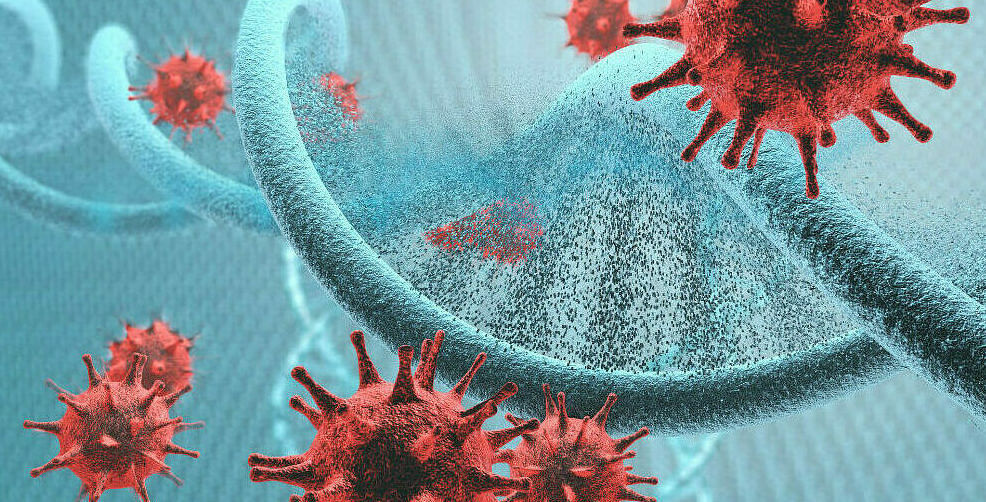The lack of follow-ups for home quarantined patients, infected with coronavirus is leading to acute sicknesses and mortalities in Kashmir, experts said Friday.
“We have been observing that 50 percent of the deaths of the infected patients are occurring within 72 hours of admission in hospitals. This clearly indicates that the patients only turn to hospitals once they get severely sick,” a medic at GMC Anantnag said.
He said observation, early treatment, and timely referral of patients could save many lives.
DrRoufHussain Rather, a community medicine specialist working at COVID-19 Control Room Kashmir as in-charge data analyst believes so.
“Home isolation is the biggest management for the asymptomatic and mildly symptomatic patient. However, it needs to be rigorously monitored so that their health condition does not deteriorate and that they are hospitalised on time,” he said.
Dr Rather who is also a senior registrar in the Social and Preventive Medicine (SPM) Department at SMHS further stressed on testing of all people carrying any symptoms.
“People should not conceal their illness and come forward for COVID-19 testing whenever they have Influenza-like or respiratory symptoms. This would help in preventing the spread of infection,” he said.
Another medic suggested that the infected patients should keep monitoring their saturation levels, body temperature, and other symptoms and keep their doctor informed accordingly.
“Giving oxygen supply to the patients with low saturation level at home using concentrators or cylinders is fine, but doctors can suggest if they need investigations like blood tests, chest X-ray or CT scan or else the person is to be hospitalised,” he said.
A medic said that the condition of the infected patient gets clear five days after he gets symptoms.
The Health department has so far not been able to follow-up home quarantine infected patients.
Most of those that Greater Kashmir talked to say that they did not get any treatment at all.
“My father tested positive for the virus 10 days back. Since then we got a single call from a local ASHA worker the very first day. We were told to isolate him and keep monitoring his oxygen levels, and that is it,” said Gowhar Sultan of Dabruna village of Anantnag.
A youth whose mother is gasping for breath at SMHS now said that they hospitalised her seven days after getting symptoms.
“My mother is diabetic and hypertensive and once she tested positive, we isolated her and gave her medicine. Her saturation level kept dipping as we managed her with an oxygen concentrator at home. However, after seven days as her condition deteriorated further we had to hospitalise her,” he said.
He said they neither got any call nor any help from anywhere.
Medics say the Health department with the help of community health, ASHA, and Anganwadi workers could play a major role in minimising the bed rush in the district and tertiary care hospitals and prevent mortalities.
“The proper monitoring of the patient by field doctors working in PHCs and CHCs as well as an awareness campaign on part of health educators and Community Health Officers (CHOs) is a must in the fight against this virus,” they said.
“Not everyone can afford pulse oxy-meter or thermometer at home to monitor his saturation level or body temperature, So, can we leave those patients at their own mercy,” a medic asked.
He suggested devising proper mechanism so that patients with early symptoms could avail Tele-OPD facility.
“As of now there has not been much response on E-Sanjeevani OPD either,” a medic said.






